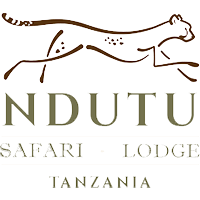Serengeti Safaris – Everything You Need to Know for an Unforgettable Trip
By sumbi
13 Jan 2025
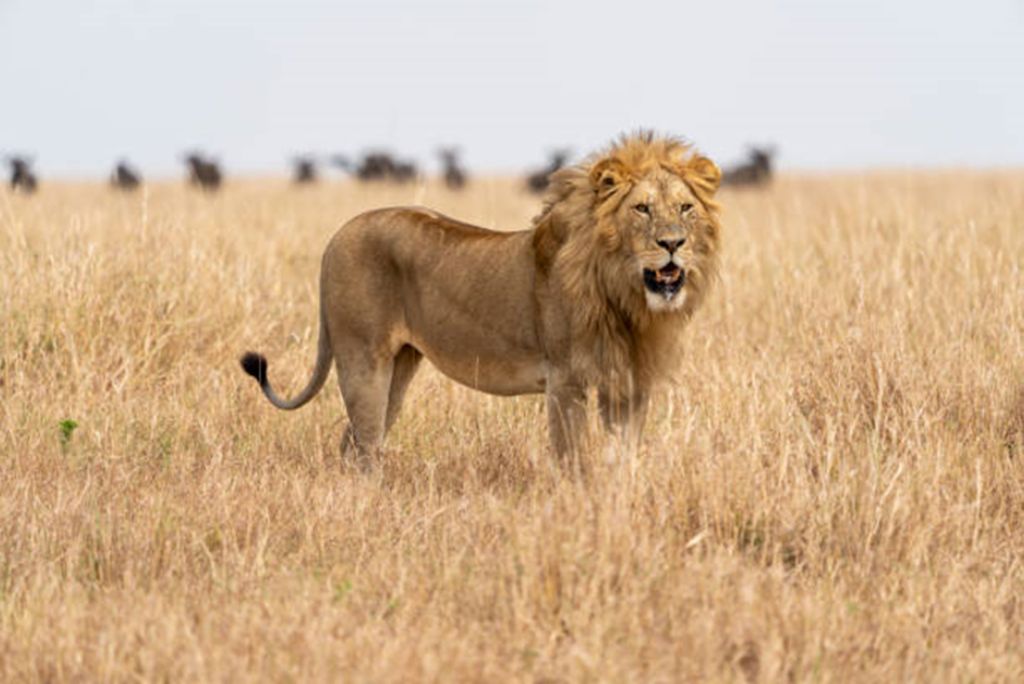
“Serengeti” translates to ‘endless plains’ in the Maasai language. It’s a name that perfectly captures the expansive beauty of northern Tanzania’s Serengeti National Park, a celebrated UNESCO World Heritage Site. With around 500 species of birds and a sanctuary for four endangered species including rhinos, wild dogs, cheetahs, and elephants, our Serengeti Safaris calls for exploration and adventure.
This breathtaking landscape, which inspired The Lion King, stretches across an unfenced area of 14,750 km², offering a truly cinematic experience. Renowned for its spectacular wildebeest migration, the Serengeti is also home to the famed ‘big five’—lions, rhinos, elephants, buffaloes, and leopards—making it a premier destination for safari enthusiasts.
Interested in experiencing this vast untamed wilderness on your Safari in Tanzania? Read our detailed guide and discover everything you need to know about Tanzania’s iconic safari destination—the Serengeti.
Some Facts About Serengeti National Park
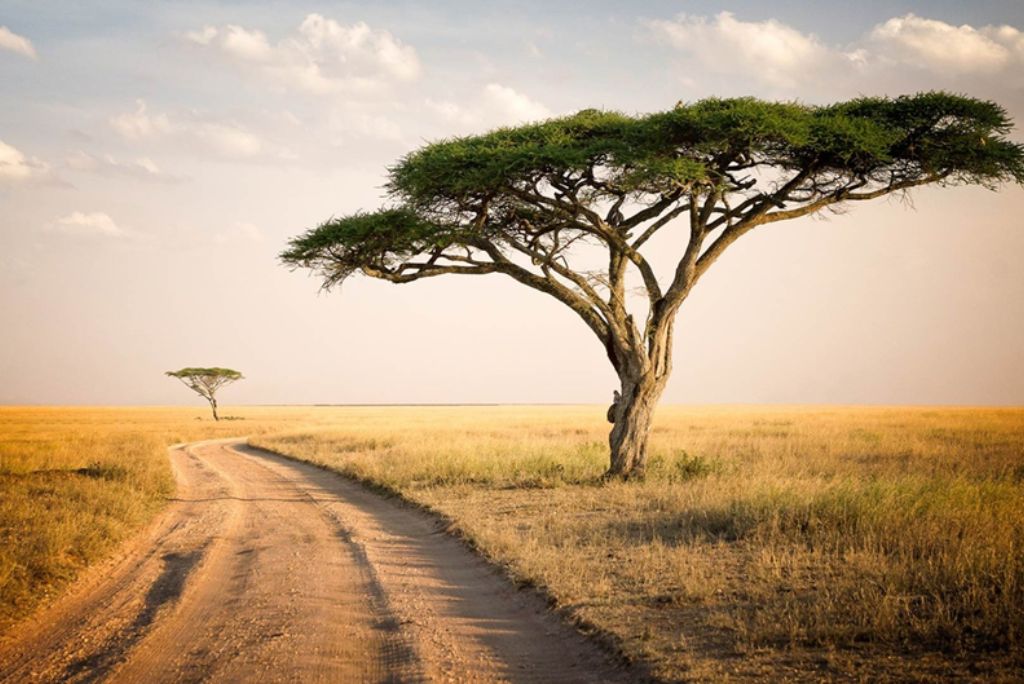
Established in 1952, the Serengeti National Park in Tanzania draws around 2 million visitors each year. Below are some Serengeti National Park Facts for those seeking the quintessential safari experience.
- Location: Spans from Mara and Simiyu regions in Tanzania to Kenya.
- Size: A massive 14,750 square kilometres.
- Accessibility: Just 235.1 kilometres from Arusha City.
- Visitor Numbers: Hosts about 2 million people annually.
- Top Attraction: Grumeti Game Reserve
- Popular For: Renowned for spectacular wildlife safaris.
The main gateway to Tanzania’s Serengeti National Park is via the Senora Airstrip located within the park. Other nearby airports include Arusha Airport, Mwanza Airport, and Kilimanjaro International Airport, making it accessible to international and local tourists.
Serengeti Safari Zones – A Guide to Where to Go
The Serengeti National Park is a vast landscape divided into five main areas, each offering unique experiences and wildlife sightings. Let’s explore the details of each area to help you plan where to visit.
The Serengeti is split into:
- Central Serengeti (Seronera)
- Southeastern Serengeti
- Western Corridor
- Serengeti Mara
- Northern Serengeti
Here’s a breakdown of what each region is known for:
| Area | Highlights | Best Time to Visit |
| Central Serengeti | Heart of the park, excellent for seeing big cats and the big five, kopjes landscapes. | Year-round |
| Southeastern Serengeti | Great for wildebeest calving season, abundant predators, especially from December to April. | December to April |
| Western Corridor | Witness the Grumeti River crossings, dense vegetation, more secluded. | May to July |
| Serengeti Mara | Ideal for viewing Mara river crossings, high predator activity, and limited but luxurious accommodations. | July to September |
| Northern Serengeti | Less visited, denser vegetation, best for experiencing the migration returning from Kenya. | September and October |
All these areas of the Serengeti National Park are famous for the distinct safari experiences they provide. While one area is known for watching the wildebeest migration, the other is for observing the newborn wildebeests. What you can do is add all these places to your itinerary so that you can have a 360-degree safari experience on your Travel to Serengeti National Park.
Best Times to Explore the Serengeti
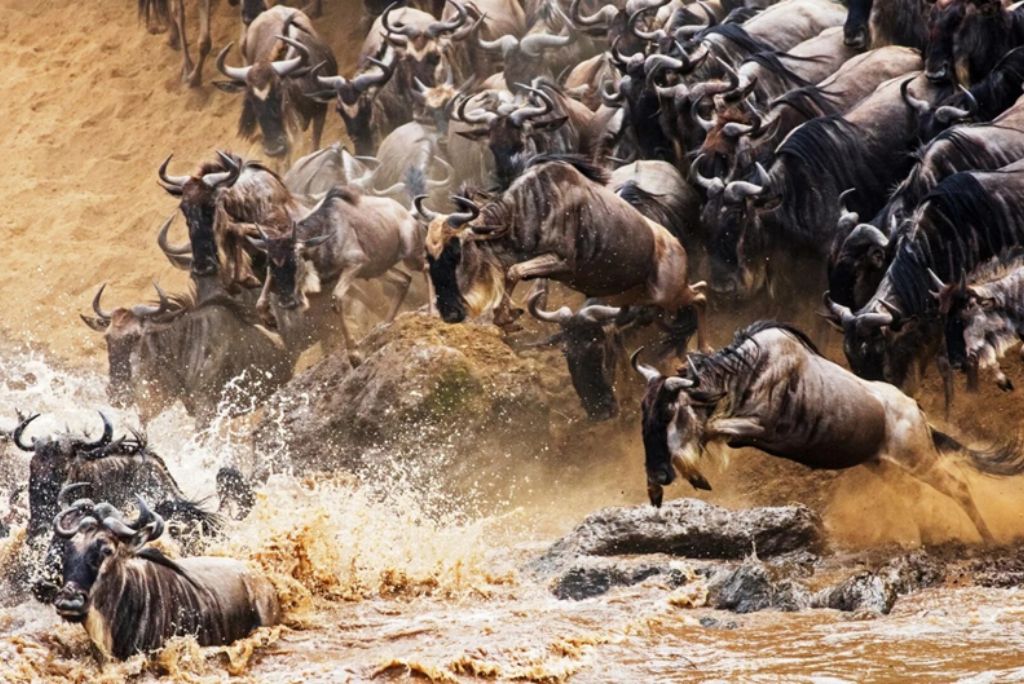
Determining when to visit for Serengeti Safaris depends on what you want to see and do. You might want to catch the wildebeest migration, avoid the crowds, find the best deals, or plan around school holidays. Depending on what you want to do, the Best Time to Visit Serengeti National Park varies.
Calving Season (January and February)
Witness thousands of newborn wildebeest in the southeastern Serengeti. The weather is warm with occasional rains, and the landscape is lush and green.
Rainy Season (March to May)
Heavy rains can make safari trails tricky, but the park is quieter, which might allow for unique wildlife sightings.
Dry Season (June to September)
Ideal for watching dramatic river crossings in the Serengeti Mara. This peak season brings more visitors and higher prices, but the weather is pleasantly cool and clear.
Warm Dry Season (October to November)
The weather is hot and dry as the wildebeest migrate south. With fewer tourists, it’s a quieter time to visit.
Short Rain Season (December to January)
Occasional rains rarely disrupt safari activities, making it a popular time due to the holidays, though prices may be higher in luxury lodges.
So, no matter when you decide to go, the best part is that Serengeti National Park is always teeming with life and adventures.
And, when you want to pick your dates, you can check out our Serengeti Safari Packages. We offer tailored experiences to ensure you enjoy the best of the Serengeti, whatever the season.
Top Things to Do in Serengeti National Park
Serengeti National Park is a world of adventure on its own that can only be experienced. Everybody talks about the largest land migration on planet Earth i.e. the Great Migration, but besides that, there is an abundance of exciting activities awaiting you in the national park.
| Activity | Highlights | Visitor Tips |
| Witness the Great Migration | See the largest overland migration in the world—a truly majestic spectacle. | Prime viewing is from June to July. |
| Explore Olduvai Gorge | Discover ancient human fossils and learn about early human history at the museum. | Museum tours provide valuable insights. |
| Take a Hot Air Balloon Safari | Get a stunning aerial view of the park from a hot air balloon or plane. | Book in advance, especially during peak migration. |
| Visit Moru Kopjes | Spot wildlife and explore ancient Maasai rock art in this unique geological feature. | Great for seeing predators and cultural exploration. |
| Tour a Maasai Village | Engage with the Maasai people and learn about their traditions and way of life. | Approach with respect for cultural exchanges. |
Want to take part in these incredible activities? Our Serengeti Safari Tours include carefully crafted itineraries that feature these top experiences. Check out our Serengeti Safari Packages for more details and prepare for an adventure that will capture your heart and imagination.
Must-See Spots in Serengeti National Park
You have booked our Serengeti Safaris and visited the national park. But there are so many other prominent locations in the vicinity of the park that deserve your attention and are absolute must-visits during Safari in Tanzania. Some of these places include:
| Location | Highlights | Why Visit |
| Ngorongoro Conservation Area | Not part of the Serengeti, but a must-visit for its massive Ngorongoro Crater and rich wildlife. | Home to over 25,000 animals within a UNESCO World Heritage Site, offering exceptional game viewing. |
| Seronera River Valley | This bustling heart of the Serengeti is known for diverse wildlife including elusive leopards. | Central location with high chances of spotting big cats and vibrant wildlife interactions. |
| Lobo Valley | A remote paradise in the northern Serengeti, famed for its landscapes and big cats. | Witness the Great Migration and spot all three big cats: lions, leopards, and cheetahs. |
| Naabi Hill | Eastern gateway with panoramic views and diverse ecosystems, offering a prime wildlife corridor. | Perfect for hiking and enjoying expansive views; a hotspot for lions and migratory herds. |
| Bologonja Springs | A lush oasis near the Kenya border, known for its cool springs and rich fauna. | Quieter, a more secluded area ideal for close encounters with giraffes, elephants, and exotic birds. |
Taking a tour of allthese iconic spots in the Serengeti National Park provides a comprehensive safari experience and displays the park’s incredible biodiversity at its best. Some other must-visit destinations around Serengeti are the Grumeti River and the Retina Hippo Pool.
How to Get to Serengeti National Park
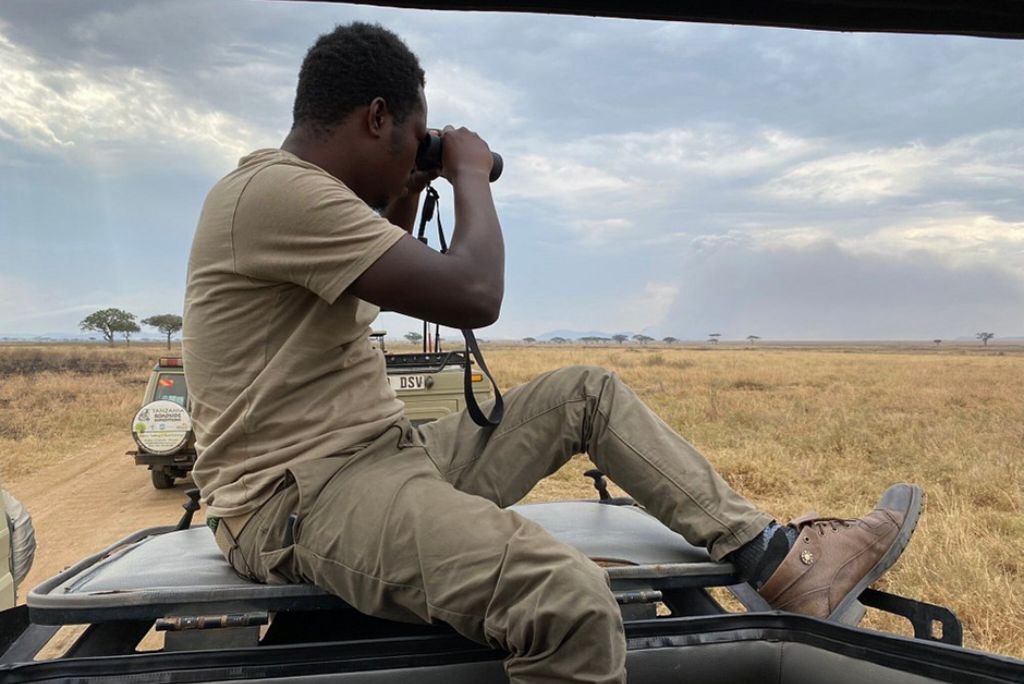
When you look at the map, Getting to Serengeti might look easy. But, in reality, reaching the national park is an adventure in itself. But, it’s worth it. Let’s look at different ways by which you can Get to Serengeti National Park.
By Car:
The drive to Serengeti is as breathtaking as it is challenging. Here are a few things to keep in mind:
- The paths within the park are rugged, and the paved roads outside have varying speed limits from 50 km/h to 80 km/h. This means your drive will be slower than expected.
- Many visitors to Serengeti National Park begin their journey in either Arusha or Moshi.
- To get to the park from these cities, travellers pass through the Ngorongoro Conservation Area, but they don’t stop at the crater itself.
- The entry point to Ngorongoro is about three hours from Arusha and five hours from Moshi by car. After passing this point, it takes approximately another two hours to arrive at the entrance of the Serengeti.
- Then, it depends on which side of the park you are going.
- Know that the Central and southeastern sections are about an hour from the gate.
- And, the northern region which is famous for river crossings, can take four to five hours from the entrance.
By Plane:
Flying is another alternative for Getting to Serengeti National Park. It gives a quicker, albeit pricier, alternative to driving.
- The park is served by several airstrips such as Seronera, Kogatende, Lobo, and Ndutu, with connections from cities like Arusha, Kilimanjaro, Dar Es Salaam, and Zanzibar.
- These small bush planes have limited luggage space, and tickets can be quite costly, but they provide a stunning aerial view of the park.
You might choose to drive through the dusty roads or fly above the expansive plains, each method of getting to Serengeti adds to the adventure only.
Understanding the Serengeti Safari Costs
Planning your dream safari to the Serengeti National Park requires keeping a lot of cost considerations in mind. Understanding the costs involved can help you budget and enjoy your adventure without surprises. Here’s a straightforward guide to the Serengeti Safari Costs.
What to Expect in Serengeti Safari Expenses?
- Park Entrance Fees
Serengeti National Park is one of the premium safari destinations in Tanzania, with an entrance fee of $82.60 per adult for non-residents, which includes taxes but not the additional 18% VAT.
- Ngorongoro Conservation Area Transit Fee
If your journey starts from Arusha or Moshi, you’ll likely travel through Ngorongoro. The transit fee here is $72 per person, which is separate from the entrance fee if you decide to visit the crater itself.
| Detailed Costs Breakdown | |
| Expense Category | Details |
| Entrance Fee | $82.60 per adult for 24 hours, plus 18% VAT |
| Ngorongoro Transit | $72 per person for transit through the area per 24 hours |
| Accommodation & Food | Ranges from budget to luxury, starting from $50 per night |
| Camping | $35.40 per night at public campsites, gear not included |
| Concession Fee | $70.80 per person per night, applicable in certain lodges |
Safari Accommodation Types and Costs
We have mentioned different types of Serengeti Safari Accommodations and the costs associated with them to help you plan better.
- Camping
The most affordable option, camping costs about $35.40 per night for a spot in public campsites. Remember, this fee covers basic facilities only; you’ll need to bring or rent camping gear.
- Lodges and Glamping
The accommodation costs for Serengeti lodges vary significantly:
- Glamping: Around $150 to $200 per night, offering a comfortable middle ground with more amenities than camping.
- Lodges: From $250 per night for standard lodges to over $700 in luxury settings, which provide extensive services and comfort.
Calculating Your Serengeti Safari Cost
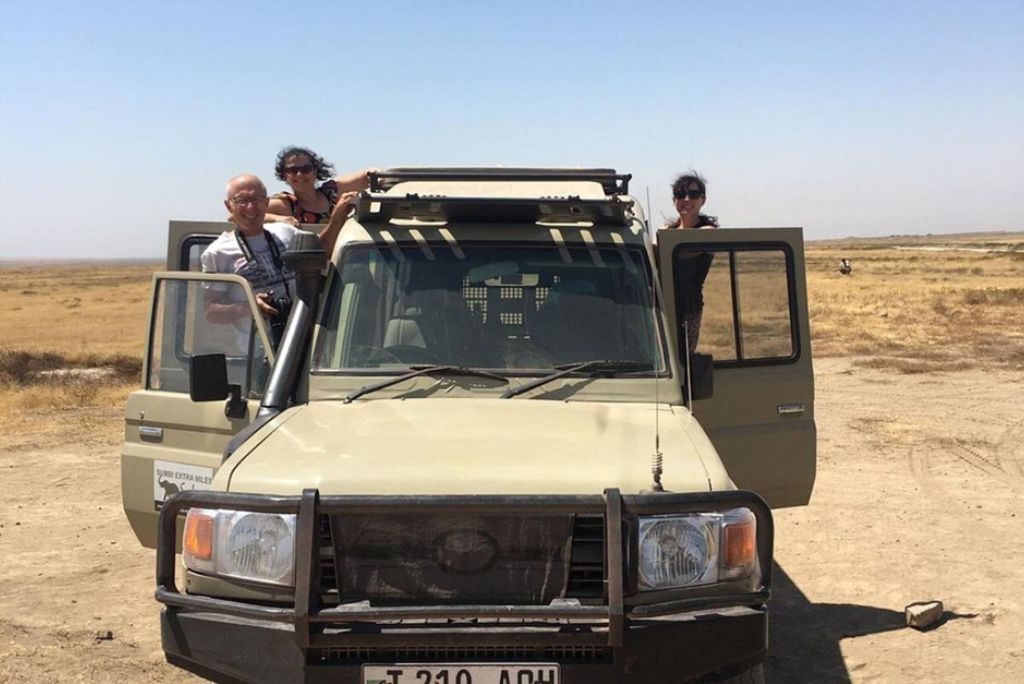
Depending on your budget, the Serengeti Safari Costs can vary accordingly.
- For a basic stay, considering entrance fees, a transit fee through Ngorongoro, and camping, expect to start around $150 per day.
- For a more comfortable experience with glamping or mid-range lodges, budget around $300 to $500 per day.
- Luxury experiences can exceed $700 per day, especially if opting for lodges with exclusive amenities.
Please note that these are per-person rates and can vary based on the season and specific travel arrangements.
Safari dreams come true in the Serengeti!
Are you excited about exploring the Serengeti? It’s no wonder! With incredible wildlife, stunning landscapes, and unique moments waiting for you, now’s the time to plan your Safari in Tanzania. Create your own Serengeti Safaris with us and dive into one of nature’s greatest experiences!
Explore our Serengeti Safari Packages that cater to various budgets and preferences. Sumbi Extra Miles Safari make sure you get the most out of your visit to this iconic park!
Leave a Reply
Your email address will not be published. Required fields are marked *
Blog Categories
Follow Us
Design your own trip
Customize one of our recommended trips or design your own from scratch
Chat to an expert
Get advice and suggestions to make this your perfect trip.
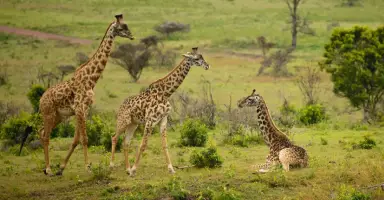
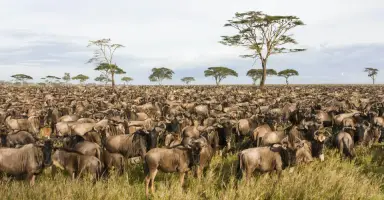
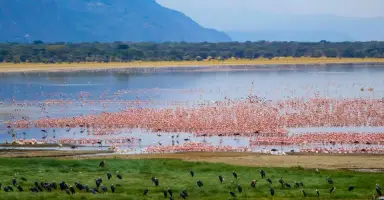
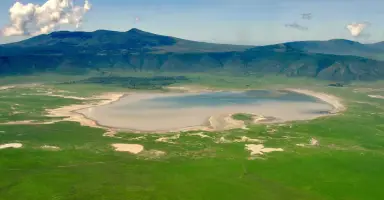
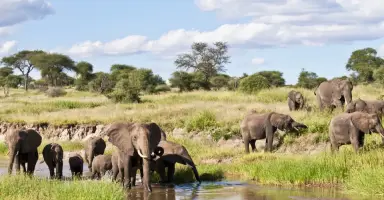
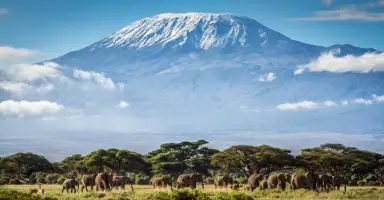
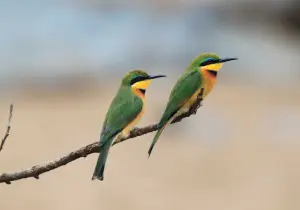
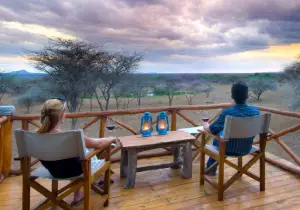
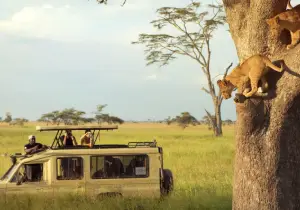
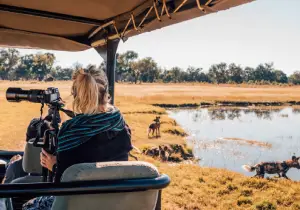
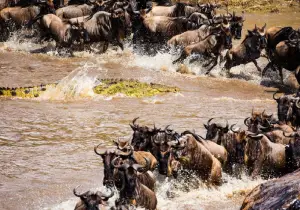
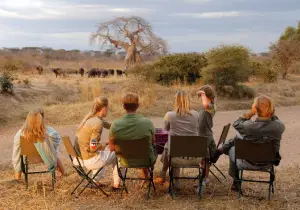
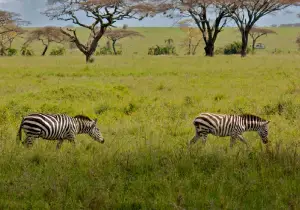

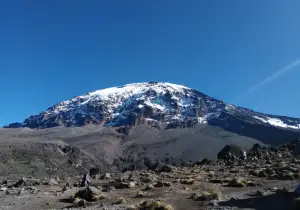
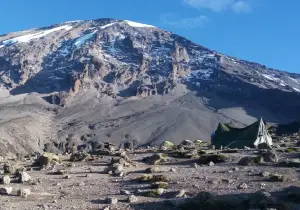
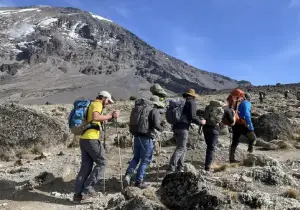
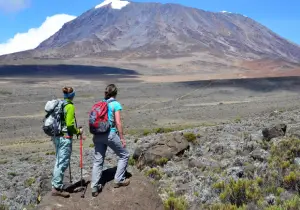
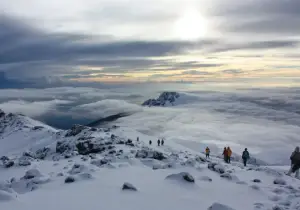
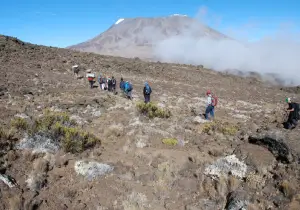


.png)

.png)

.png)




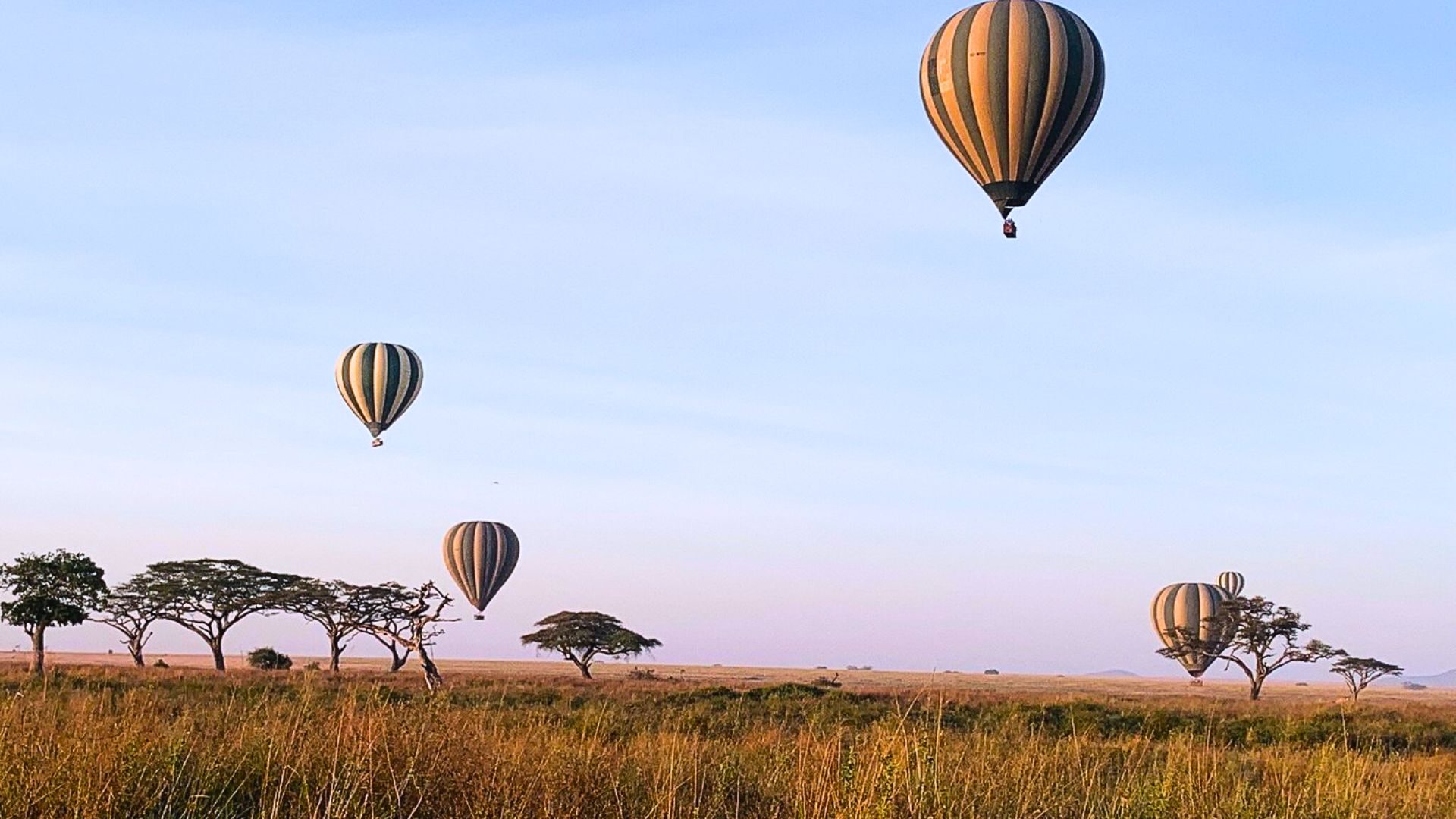
 4.9/5 (107 reviews)
4.9/5 (107 reviews)


